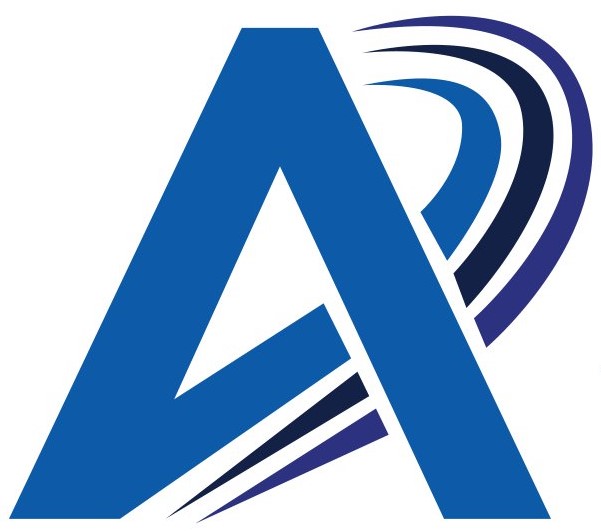Introduction:
As technology advances and user expectations evolve, web design trends continually shape the digital landscape. In 2020, we witnessed the emergence of exciting design trends that pushed the boundaries of creativity and user experience. In this blog post, we will explore the top web design trends that took center stage in 2020. By incorporating these trends into your web design strategy, you can create visually stunning and engaging websites that captivate your audience.
- Dark Mode:
Dark mode gained significant popularity in 2020. This design trend offers a sleek and sophisticated look with dark backgrounds and contrasting elements. Dark mode reduces eye strain, improves readability, and creates an immersive browsing experience. Many popular websites and applications introduced dark mode options to cater to user preferences and provide a visually appealing interface.
- Minimalistic Design:
Minimalistic design continued to be a dominant trend in 2020. It emphasizes simplicity, clean lines, and ample white space. By removing unnecessary elements and focusing on essential content, minimalistic design creates a streamlined and clutter-free user experience. Minimalism enhances readability, allows key messages to stand out, and provides a visually pleasing aesthetic.
- Bold Typography:
In 2020, web designers embraced bold and eye-catching typography to make a strong visual impact. Large and expressive typography helped websites convey their brand personality, create hierarchy, and evoke emotions. Custom fonts, unique typography pairings, and creative use of lettering became popular techniques to enhance the overall design.
- Asymmetrical Layouts:
Breaking away from traditional grid-based designs, asymmetrical layouts gained momentum in 2020. These layouts offer a sense of dynamism and creativity by using irregular shapes, overlapping elements, and varied sizes. Asymmetrical layouts add visual interest, capture attention, and create unique user experiences.
- Microinteractions:
Microinteractions became increasingly prevalent in 2020, adding interactivity and delight to user experiences. These subtle animations and feedback occur in response to user actions, such as hovering over buttons or scrolling. Microinteractions provide visual cues, enhance usability, and make interactions with websites more engaging and intuitive.
- Custom Illustrations and Icons:
Custom illustrations and icons gained popularity as brands sought to differentiate themselves and create memorable visual identities. Unique illustrations and icons allowed websites to convey their brand story, add personality, and create a cohesive visual language. Custom graphics brought a sense of authenticity and originality to web design in 2020.
- Mobile-First Design:
With the majority of internet users accessing websites through mobile devices, mobile-first design became essential in 2020. This approach prioritizes designing and optimizing websites for mobile devices before adapting them to larger screens. Mobile-first design ensures responsive and user-friendly experiences, improving accessibility and engagement across different devices.
Conclusion:
The web design trends of 2020 focused on enhancing user experiences through dark mode, minimalistic design, bold typography, and asymmetrical layouts. Custom illustrations, icons, and microinteractions added visual interest and engagement. Mobile-first design ensured websites were optimized for the growing number of mobile users. By embracing these trends and incorporating them into your web design strategy, you can create modern, visually stunning, and user-centric websites that leave a lasting impression on your audience. Stay informed about the latest trends, experiment with their implementation, and adapt to the ever-evolving digital landscape to create exceptional web experiences.

